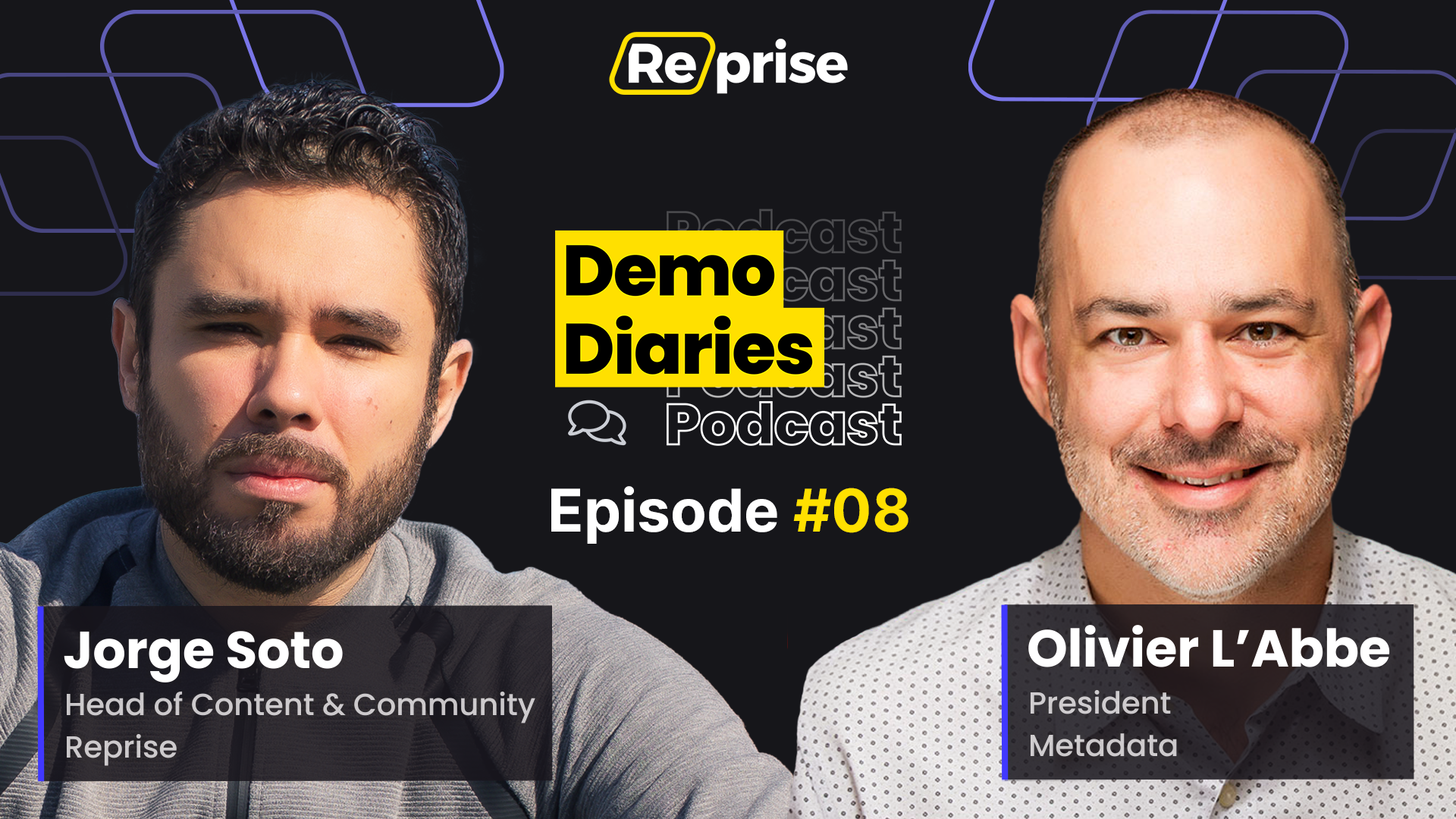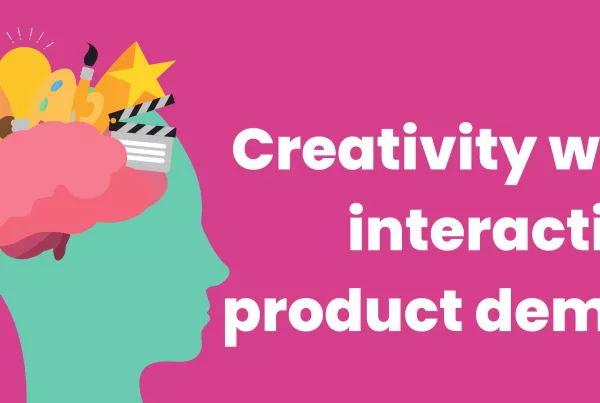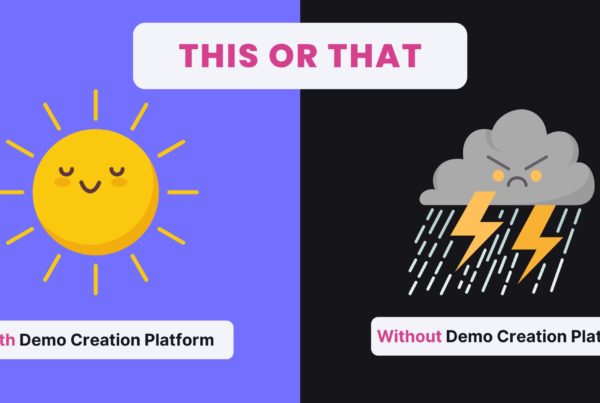Another recap of the first season of Demo Diaries is coming at you! In this episode, I talked to my friend Olivier L’Abbé, President at Metadata about why you need to know your Ideal Customer Profile when you’re creating your demo. A great demo comes from knowing not just what your product does, but what your prospects need from it and will use it for – and that’s what your ICP helps you do.
Meet Olivier
Olivier started in the tech world a little later than most – he was almost 30 and living in the Bay Area. He was an early employee at Glassdoor, and then decided he wanted to work for a smaller startup and joined FlipTop and G2Crowd. A year and a half ago, he joined Metadata to led the go-to-market team and has been with them while they grow.
Doing demos efficiently
Since Metadata is a very small team (though they’re growing fast), they have to be extremely efficient about their whole demo process. They begin by leveraging self-guided tours, which removes friction from the sales process and lets people educate themselves if they aren’t ready to talk to sales. They get a few hundred inbound leads this way a month, and let people self-qualify. Then if they want more information, a BDR will qualify them and ensure they’re a good fit for the product and the budget. They have a high-level call first, and then schedule a demo on the second call.
Since the demo is pretty technical – they get into how you build audiences, create campaigns, the experimentation engine, and more – they want to show it only to truly interested people. Plus they have just one rockstar demo person, and so they’re very careful with how much they put on his calendar and tightly qualify anyone before getting to that stage. But it’s still a product-led approach, since prospects can experience the self-guided tours before the demo.
The demo process
Demo success is all about process for Olivier. First, you begin by understanding your Ideal Customer Profile – it should be the basis for all of your talk tracks. That’s how you design your demo to talk about the stuff they care about, not what you’re excited about.
Next, they ensure everyone from the buying committee is on the phone for the demo. Buying committees are getting bigger and bigger, and having everyone there makes things more streamlined. If someone can’t join, they’ll send them a call recording but won’t do another demo because that takes up valuable SE time their small team just doesn’t have.
Olivier has also found it’s effective to have a slide at the beginning of the demo that highlights what the team has found about the business, ask if everyone agrees, and check if there’s anything else they care about or want to see before they begin. And then on the call, all those asks are highlighted to ensure prospects know you’re listening to them and understand their business. Everyone has different needs – you can’t give the same demo to every group.
One tip to improve your demo
Creating and using your Ideal Customer Profile is the most important thing you can do to improve your demo. It helps you understand what your buyer’s needs are, their KPIs, and what they’re measured on. Then you can generate content to educate each buying committee about what they should be thinking about when they’re checking out your product. Bring value to the conversation and they’ll keep coming back – but if they feel you’re just trying to sell them something without understanding their business, that’s where sales fails most of the time.
Watch the complete episode here:






